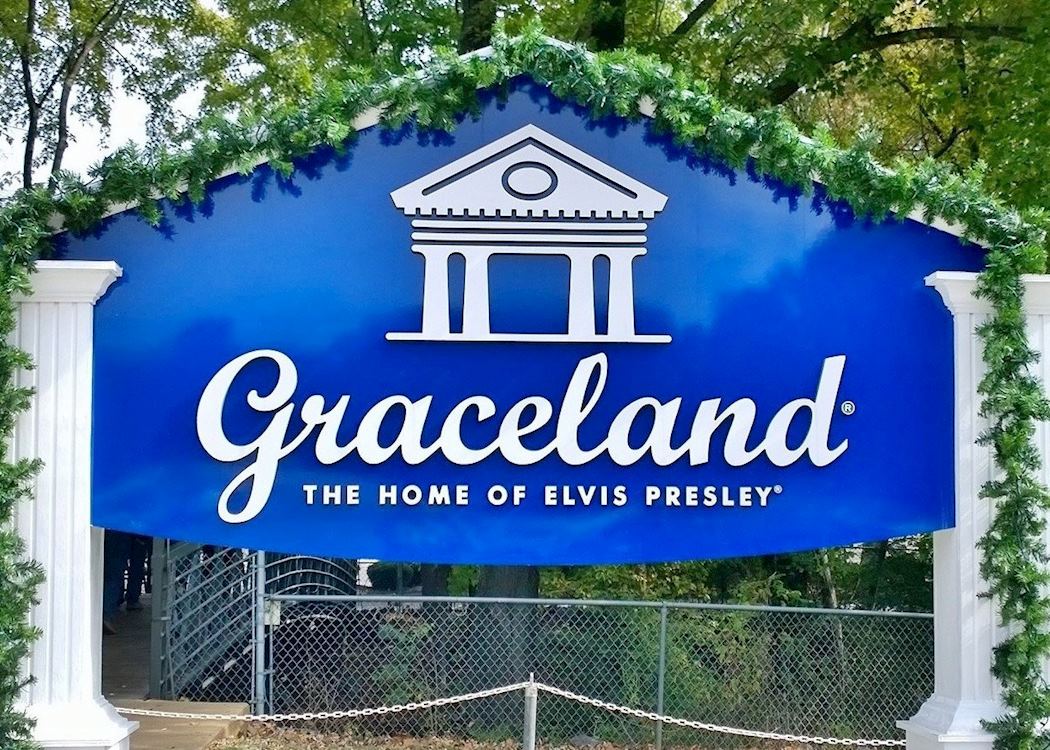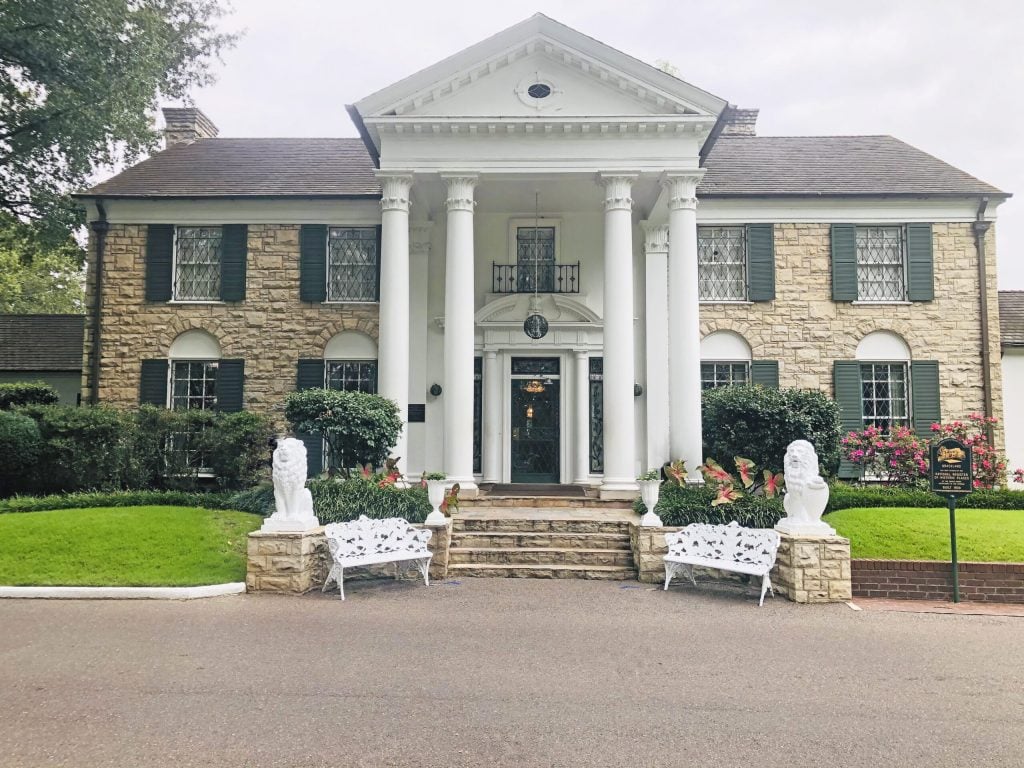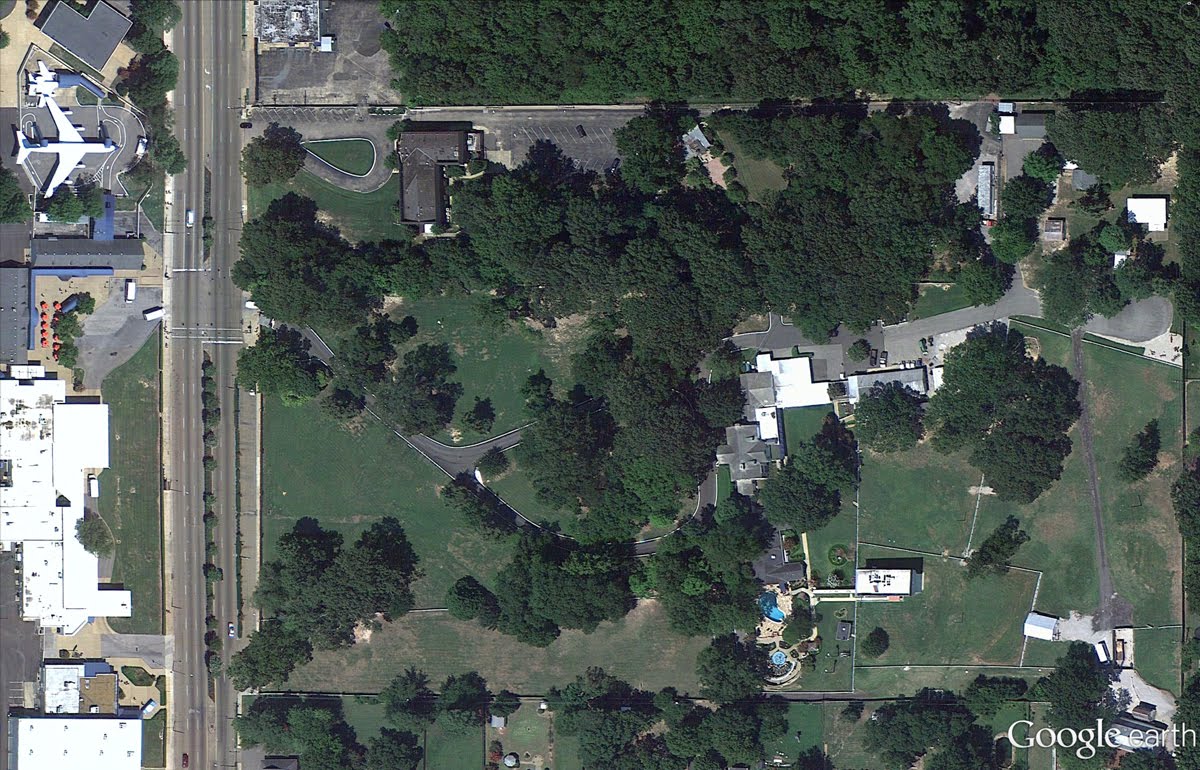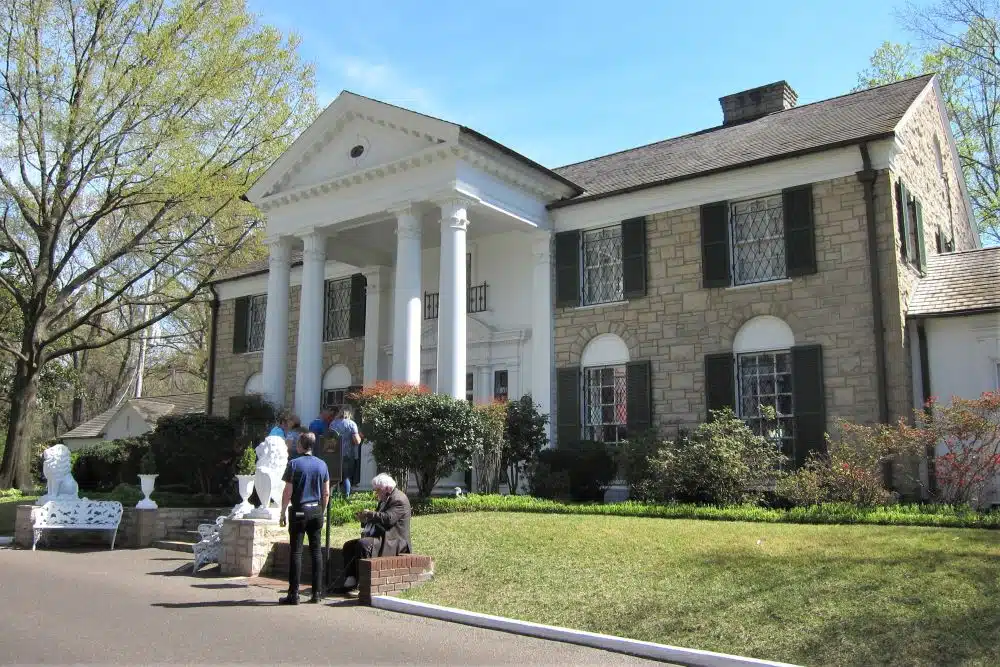How Far Is Memphis From Graceland

For decades, Graceland, the iconic home of Elvis Presley, has drawn millions to Memphis, Tennessee. The journey to experience a piece of music history often begins with a simple question: How far is it? The answer, while seemingly straightforward, involves more than just mileage.
This article delves into the physical distance between various points in Memphis and Graceland, explores the different transportation options available, and considers the broader context of how this proximity has shaped the city's tourism and cultural landscape. It examines the impact of Graceland's location on the surrounding neighborhoods and the overall accessibility for visitors from around the globe. Finally, it looks forward to future developments that may further influence the visitor experience and the journey to this legendary landmark.
The Geographical Distance: A Matter of Perspective
The most direct answer to the question "How far is Graceland from Memphis?" depends on your starting point. From downtown Memphis, the journey to Graceland is approximately 8 to 10 miles (13 to 16 kilometers).
This distance is typically covered in about 15 to 20 minutes by car, depending on traffic conditions. However, measuring the distance between specific locations within Memphis and Graceland provides a more nuanced understanding.
From Memphis International Airport (MEM)
For many visitors, their Memphis experience begins at the Memphis International Airport. The airport is situated conveniently close to Graceland, making it easily accessible upon arrival.
The distance between MEM and Graceland is approximately 3 miles (4.8 kilometers). A taxi or rideshare service can complete the trip in under 10 minutes, making it a quick transition from air travel to Elvis's legacy.
From Beale Street
Beale Street, the "Home of the Blues," represents another significant point of interest in Memphis. The distance between Beale Street and Graceland is considerably greater than that from the airport.
The drive from Beale Street to Graceland is approximately 8 to 10 miles, taking about 15 to 20 minutes by car, again subject to traffic. Public transportation options are available, but they typically involve transfers and a longer travel time.
Transportation Options: Navigating to the King
Several transportation methods cater to the diverse needs of visitors traveling to Graceland. The most common options include personal vehicles, taxis, rideshare services (Uber and Lyft), and public transportation.
Driving one's own car offers flexibility but requires navigating Memphis traffic and finding parking at Graceland. Taxis provide a convenient, albeit potentially more expensive, door-to-door service.
Rideshare services offer a balance between cost and convenience, often providing quicker pickup times and transparent pricing compared to taxis. Public transportation, while the most affordable option, may require multiple transfers and can be time-consuming, particularly from certain parts of the city.
"Graceland is a vital part of Memphis, and we want to ensure it's accessible to everyone who wants to experience it," said a spokesperson for the Memphis Convention & Visitors Bureau.
The Impact on Tourism and the Surrounding Area
Graceland's presence has profoundly impacted the tourism industry in Memphis and the surrounding area. The attraction draws hundreds of thousands of visitors annually, contributing significantly to the local economy.
Hotels, restaurants, and other businesses have sprung up around Graceland to cater to the influx of tourists. This concentration of tourism-related businesses has created employment opportunities and boosted economic activity in the area.
However, the proximity of Graceland has also presented challenges. Increased traffic congestion, demand for parking, and the need for infrastructure improvements are ongoing concerns that the city must address to ensure a positive visitor experience and minimize disruption to local residents.
Future Developments and Accessibility
Memphis is continuously exploring ways to enhance the visitor experience at Graceland and improve accessibility. Ongoing infrastructure projects aim to alleviate traffic congestion and improve transportation options to and from the attraction.
The city is also investing in promoting alternative transportation methods, such as bike-sharing programs and enhanced public transportation routes, to encourage more sustainable tourism. Furthermore, future development plans may include expanding parking facilities and creating pedestrian-friendly zones around Graceland to enhance the overall visitor experience.
As Memphis continues to evolve, Graceland's legacy remains a central component of its identity. Ensuring easy and efficient access to this iconic landmark will remain a priority for the city, benefiting both visitors and the local community. The seemingly simple question of distance, therefore, represents a complex interplay of geography, infrastructure, and cultural significance that continues to shape the future of Memphis.
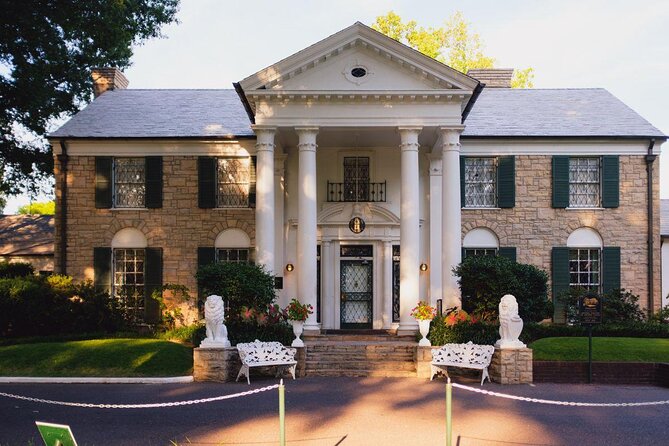








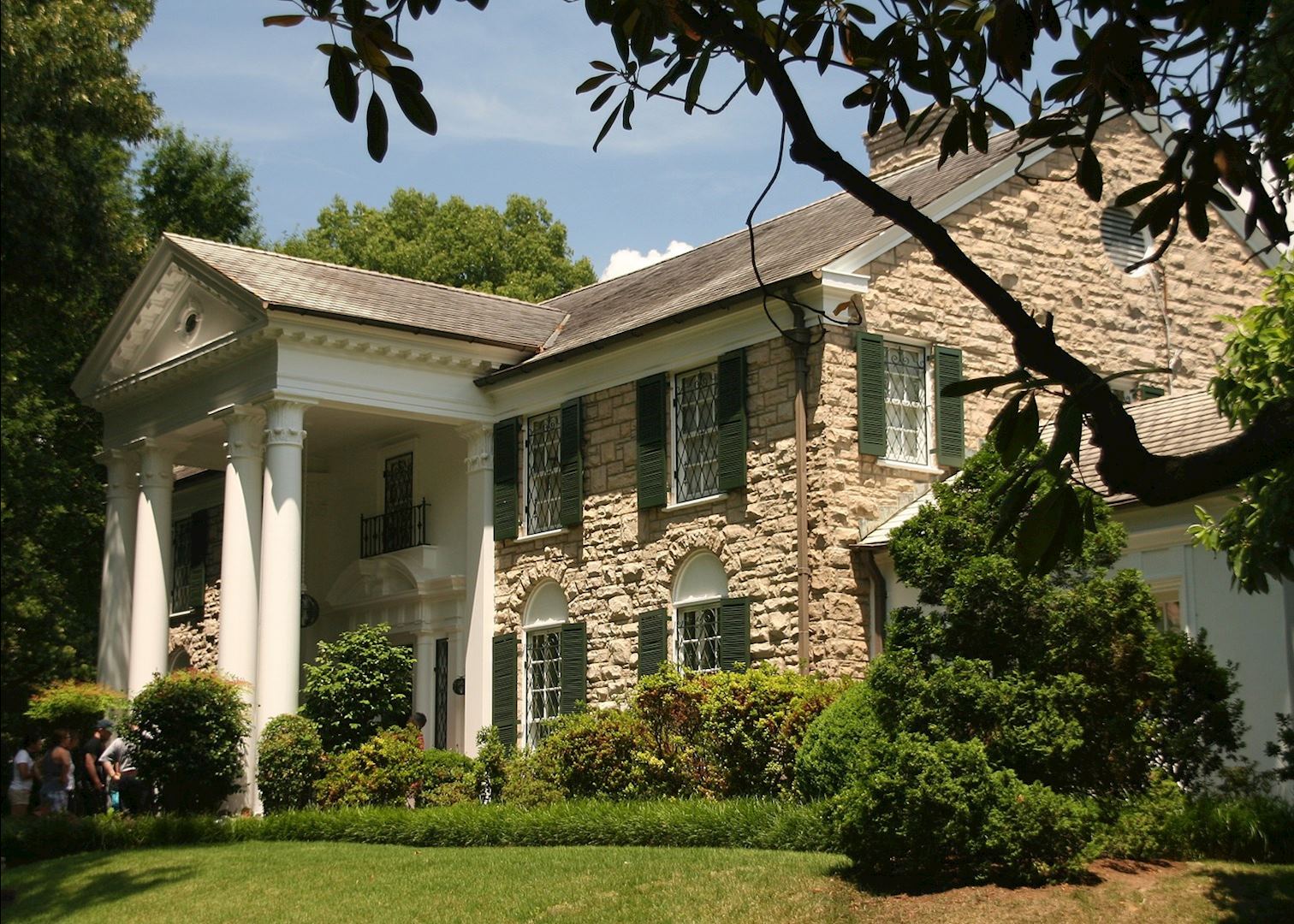
:max_bytes(150000):strip_icc():focal(999x0:1001x2)/graceland-7-a8376e57372047c0838badd60ac265af.jpg)

